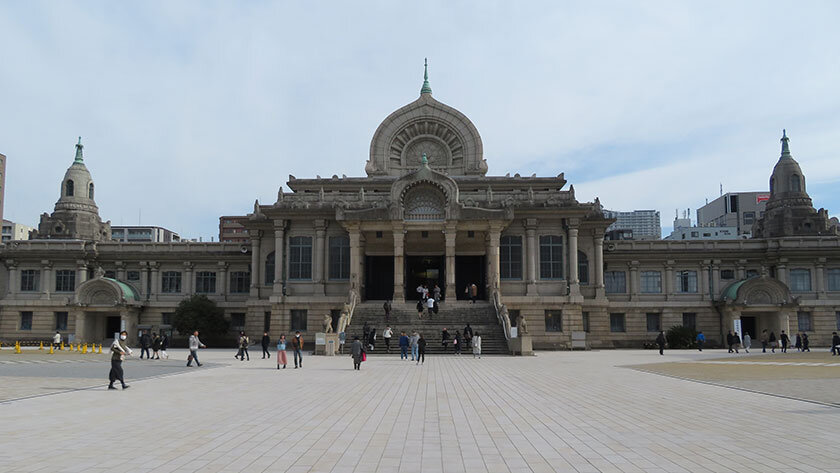Located conveniently next to the world renowned Tsukiji Fish Market, this temple is a hidden gem in Tokyo. Hongan-ji is a Jodo-Shinshu Buddhist temple - the most practiced form of Buddhism in Japan. What makes this temple unique is that it’s architecture was inspired by Southeast Asian temples - primarily Indian temples - making it a truly spectacular mix of culture in architecture. You can also go inside the grounds of the temples and if you’re lucky enough you might be able to see the monks reciting their mantras.
Entrance fee: Free
Photo credit: Accessible Japan
Address: 3 Chome-15-1 Tsukiji, Chuo City, Tokyo 104-0045
Hours: 6am - 5pm
Website: https://tsukijihongwanji.jp/
How to get there: A 1 minute walk from Tsukiji Station, Exit 1 on the Tokyo Metro Hibiya Line


















